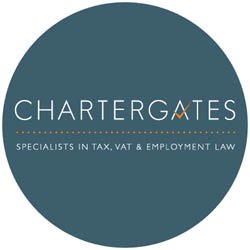Contractors’ Questions: How to calculate a deemed payment under IR35?
Contractor’s Question: What is the best way to calculate a deemed payment under IR35?
Expert’s Answer: Firstly, some context. The IR35 arena has undergone significant change over recent years with the introduction of the public sector rules from April 2017 and of course the prospect of a similar change from April 2020 in the private sector.
However, for the purposes of this answer we reference the legislation that is currently in place in the private sector and on the assumption that the engagement is within IR35.
As such the intermediary is considered to have made a payment to the worker which is taxable as employment income and should be subject to Class 1 NIC. The payment by the intermediary in this context is known as the ‘deemed payment’ for the purposes of the rules (as they stand). There is a specific means of calculation of the said payment and in broad terms it is as follows:
- Work out the amount received by the intermediary in the tax year -- keep in mind that only those payments which relate to the engagements to which the legislation applies need to be identified. Having totted up the relevant total, a flat rate of 5% is to be deducted – this is allowed to cover expenses such as day-to-day running costs of the intermediary.
- Add any other payments or benefits that the worker (or his family) may have received in respect of the relevant engagements from anyone other than the intermediary which have not been subject to tax as employment income. Such payments could include payments made directly to the worker which have not been subject to tax/NIC.
- Minus any expenses which would have been met by the worker as an employee of the client and claimed against income tax. This could include such things as mileage expenses for instance.
- Deduct any capital allowances in regard expenditure that the intermediary incurred which the worker could have claimed if employed by the client and he/she had incurred the costs. Keep in mind that any such allowance would only be due if the equipment was an absolute necessity for the performance of the duties.
- Deduct any contributions that the intermediary had made to an approved pension scheme for the benefit of the worker. This is fact-sensitive, and care must be taken to establish whether the pension scheme was approved and that payments were made directly by the intermediary.
- Deduct any Employer’s Class 1 and Class 1a NIC that had been paid by the intermediary for the respective tax year in regard salary or benefits in kind for that year.
- Deduct any amounts of salary or benefits-in-kind which had been received by the worker from the intermediary that had already been treated as employment income and subject to tax/NIC
N.B: If the figure at this point is zero or less there is no ‘deemed payment’ and so no further tax or NIC to pay. However, if not, there is one further step:
- Deduct the amount of Employer’s National Insurance Contributions on the deemed payment. This means the amount left at 7. (immediately above) to include Employer’s National Insurance Contributions on the total.
The amount left is the deemed payment and on which tax and NIC is due.
The expert was Herminder Sandhu, a former HMRC official who now specialises in employment tax for IR35 advisory Chartergates.


